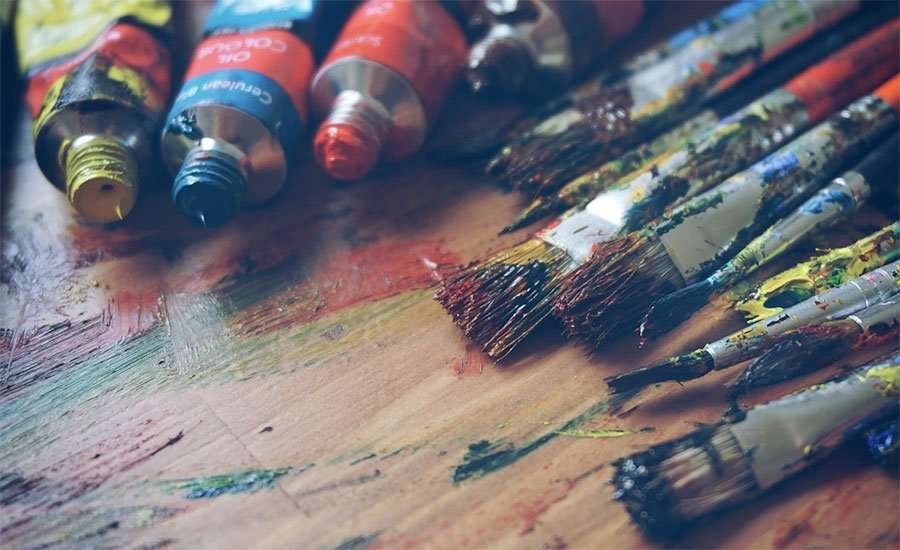I found a very good metaphor once on the internet: composition is like a skeleton. You don’t see it, but it establishes the shape of the body. It’s just too bad the author did not go further into developing this beautiful metaphor. He didn’t provide a coherent system.
There are a lot of books and articles about composition. I read some, and even more of them I did not read entirely, but just flipped through. The general impression I get of most books on composition is that they try to explain what a chicken is—by showing either a chicken leg, or nuggets, or chicken soup—but the whole chicken is not shown, because the authors themselves do not know what it looks like in real life.
Now I found a book by Evgeny Stasenko. The effect is as if scratched sunglasses were removed from my eyes—everything is clear, transparent and joyful. Everything fell into place. The skeleton finally appeared.
A Logical System of Composition, a Game Changer
The expression ‘game changer’ means something that changes an existing situation in a very significant way. This expression is fully applicable to Stasenko’s book, Composition in painting. First of all, it is clearly defined that depicted objects cannot be elements of the composition. This confusion with objects and elements has always baffled me (I think I’m not the only one.)
Next, he says something very important: any combination of spots can be considered a composition. Down to the mysterious “harmonization” around which other authors usually dance around. Then the author builds a simple and logical system: four conditions of comfort and four ways to highlight the compositional center. Suddenly, everything starts functioning.
Affiliate links to Composition in Painting: Basics and Examples
The book is mostly comprised of examples with explanations. That is, you first get an effective tool, and then the examples showing how this tool is applied in practice. After some practice the theory becomes your own experience. So, now I don’t need to conjure for a long time to understand how composition works in a painting or photograph. I just see it right away.
And one more thing: this composition theory can be of great help to photographers too. What is usually called composition in photography and what is taught in numerous courses actually has nothing to do with real composition.
In short, it’s a super book, a must have.
By Pavel Martov
About the book’s author
Evgeniy Stasenko is an artist from Moscow based in Barcelona, Spain. He graduated from Moscow Pedagogical Institute, Fine Art & Graphic Department and has practiced both fine arts and teaching ever since, simultaneously more than 20 years. As teacher, Evgeniy aims to create an integral system; a consistent range of methods that allows him to effectively teach drawing and painting to any person, regardless of skills. These methods came as the result of experience; they are tested in practice and proven to give fast results. You can find Evgeniy’s online courses at Udemy and read the article Composition and Narrative.




Pingback: Comprendre La Composition Et Comment Organiser Les Éléments Dans Vos Dessins – Blog Éducatif YouTalent® – France